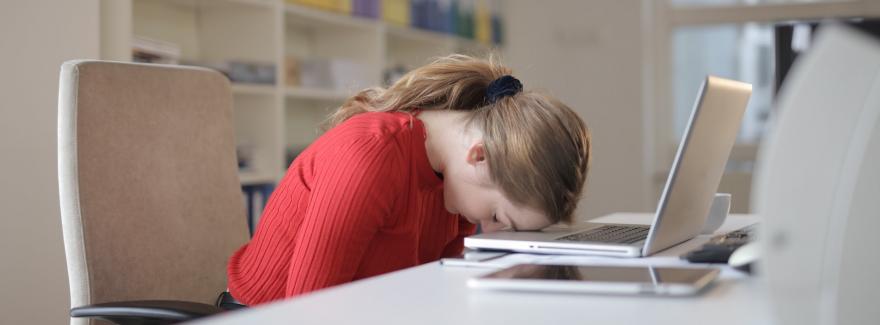
With the world rapidly changing, more people than ever are moving their primary work environment home. With the convenience, decreased travel times, and lowered office expenses, has also come a rise in sedentary desk activity… aka sitting!
With research suggesting we are now sitting for 12+ hours a day, up from the 10 hours of our waking time being sedentary, there’s little question that the short and long-term effects of prolonged sitting won’t be good.
Over the past decade, it’s been well documented that extended periods of sitting has negative health consequences, many of them even unexpected, much like the increased risk of developing Heart Disease and Type 2 Diabetes. On the surface, negative consequences for spinal health seem to be obvious, but upon closer examination, the effects of prolonged sitting go far beyond simply achy shoulders and headaches.
As the time in an abnormal sitting position grows, significant changes in the structure and function ensue.
- Anterior Head Carriage or Anterior Spinal Distortion
- Rounded Shoulders
- Decreased Gluteal Activity
- Decreased Leg Blood Flow
- Excessive Weight Shifted to Lower Back
- Tightened Hamstrings
- Impaired Lung Function
One spinal change that can develop and that most identify as just “looking bad”, is a hyper-kyphosis.
You may know it by its new, trendier name, the “iHunch”.
Also referred to as “text neck”, this structural shifting is among the most common spinal problems that Corrective Chiropractors are seeing with their patients today.
Unfortunately, what was once primarily a problem in an aging population is now rampant in overweight teens, young adults who excessive spend time on digital devices and the middle age workforce who spend countless hours stuck at a workstation.
The trademark hunching in the thoracic spine places ligaments, fascia and joint capsules under stress which adapt by contracting, tightening and drastically reducing movement and mobility.
Long term, some studies even show that hyper-kyphosis in an aging population correlates to an increase in mortality rates, mostly as a byproduct of decreased pulmonary health. That’s a big deal!
What can you do about it?
- Get up from your workstation on a regular, timed period (every 30-60 minutes) to stretch and move about.
- Stretch out the pectoral muscles with a “doorway stretch”, as sitting in a bent position causes tightening.
- Include cervical spine range of motion.
- Use a foam roller to help extend the thoracic spine.
- Visit a Corrective Chiropractor for a comprehensive assessment of your current spinal health.
How many hours a day do you sit? Has it increased or decreased over the past 3 months? Let us know!


